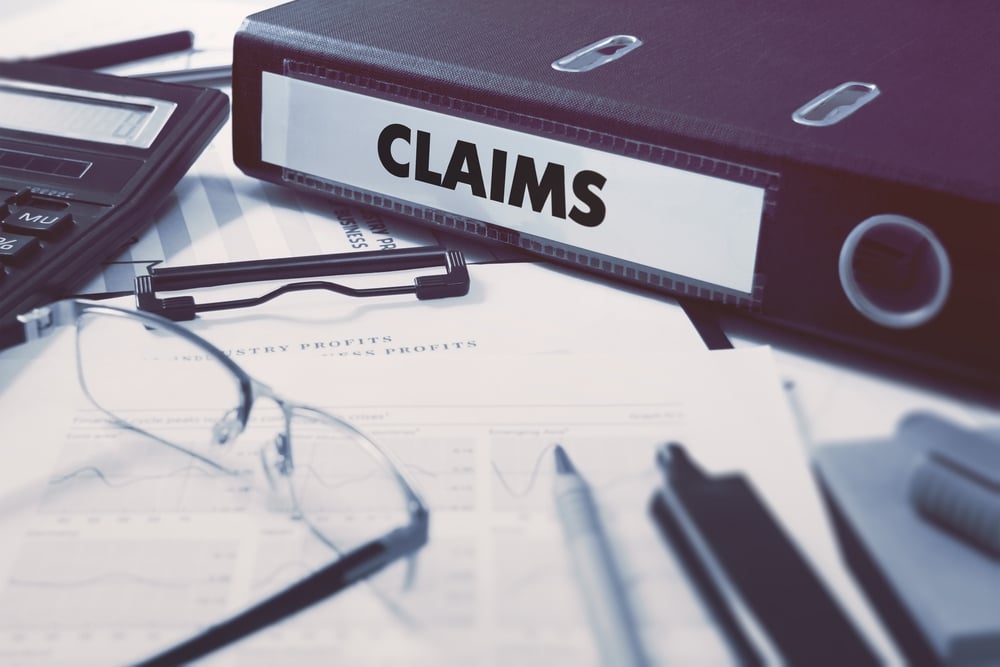T - When is a Workers’ Compensation Claim Compensable?
Carefully evaluating workers’ compensation claims is crucial in helping your company save money and prevent fraud. What is Workers’ compensation? It...

When a workers’ compensation claim takes place within an organization, it’s critical for the insurer to supply the funds necessary to cover the cost of the claim. That’s why claim reserves are essential.
Put simply, a claim reserve refers to a specific amount of money that an insurer sets aside for paying an organization’s workers’ compensation claims. The level of funds within a reserve is determined by a claims adjuster, who makes an informed estimate of how much an organization’s claims will cost.
Accurate claim reserves play a crucial role in helping organizations and insurers alike ensure financial stability when workers’ compensation claims occur. What’s more, insurers are legally obligated to maintain adequate claim reserves under several standards—namely, the Sarbanes-Oxley Act of 2002.
Review this guide to learn about how claim reserves are developed, the importance of having accurate reserves, and the steps for ensuring sufficient reserves.
 Upon the initial onset of a workers’ compensation claim, a claims adjuster will be responsible for determining how much money should be initially allocated to the associated claim reserve. Seeing as the claims adjuster must make this decision early on in the claim process—likely before the ill or injured employee has received an exact treatment and recovery regimen—the adjuster has to make an informed estimate regarding the anticipated claim expense and subsequent reserve amount.
Upon the initial onset of a workers’ compensation claim, a claims adjuster will be responsible for determining how much money should be initially allocated to the associated claim reserve. Seeing as the claims adjuster must make this decision early on in the claim process—likely before the ill or injured employee has received an exact treatment and recovery regimen—the adjuster has to make an informed estimate regarding the anticipated claim expense and subsequent reserve amount.
In order to do so, the adjuster must consider potential claim costs stemming from the following categories:
The claims adjuster may estimate the initial expenses for each of these categories based on information from the employee’s latest medical reports, as well as analyze past claims involving similar illnesses or injuries to deduce such costs. As time progresses and new information related to the claim presents itself (e.g., medical prognosis changes or treatment alterations), the adjuster may either increase or decrease the initial reserve amount. However, the goal is for the initial reserve amount to be as accurate as possible, with minimal adjustments necessary.
Maintaining accurate claim reserves is a crucial practice. After all, failing to do so can result in financial consequences for both organizations and insurers. In the scope of organizational impacts, overvalued claim reserves can lead to overstated underwriting calculations and—in turn—increased premium costs.
On the other hand, undervalued claim reserves can distort organizations’ economic outlooks—making them appear more financially stable than what they really are. Undervalued reserves can also force claims to remain open longer until they can be fully paid off, often heightening organizations’ claim-related expenses overall.
As it pertains to insurers, inaccurate claim reserves can lead to elevated loss ratios and insolvency concerns. This is because actuaries utilize reserve amounts to help determine organizations’ risk levels and resulting premium rates. With this in mind, the presence of inaccurate claim reserves could lessen actuaries’ premium calculation capabilities and motivate insurers to increase their risk appetites to more than what they can feasibly handle—potentially causing widespread financial hardship.
Although insurers are ultimately responsible for maintaining sufficient claim reserves, here are some steps that organizations can take to ensure reserve accuracy:
Contact us today for additional workers’ compensation resources.

Carefully evaluating workers’ compensation claims is crucial in helping your company save money and prevent fraud. What is Workers’ compensation? It...

Workers’ compensation laws are often misunderstood because they can vary significantly between states. If your employee reports an injury and you are...

When a workers’ compensation claim occurs within your organization, it’s crucial to do everything you can to support the ill or injured employee’s...